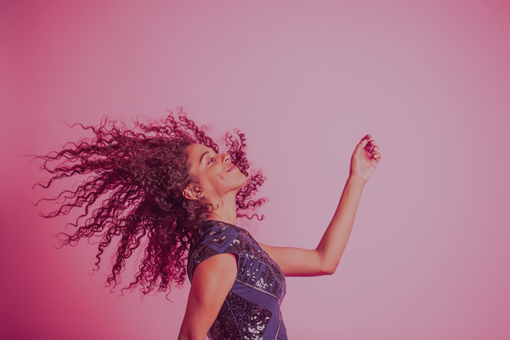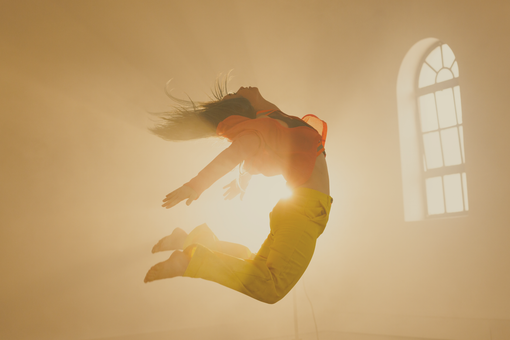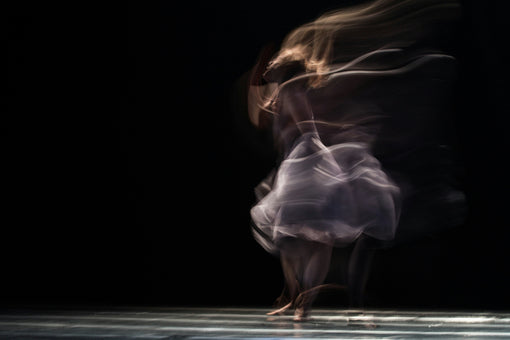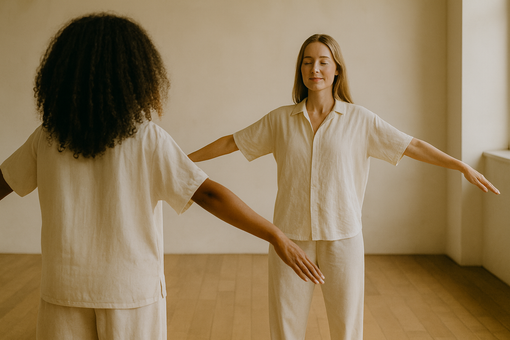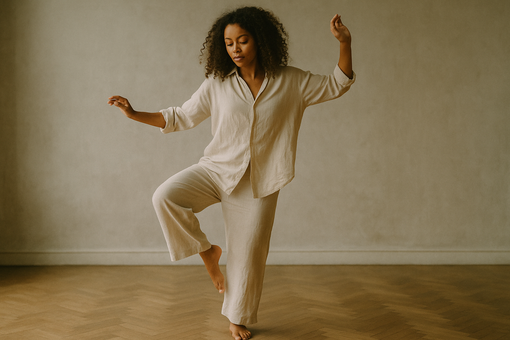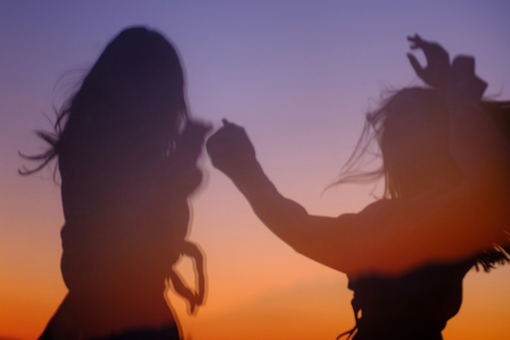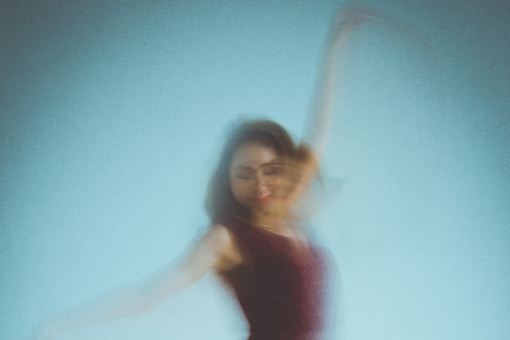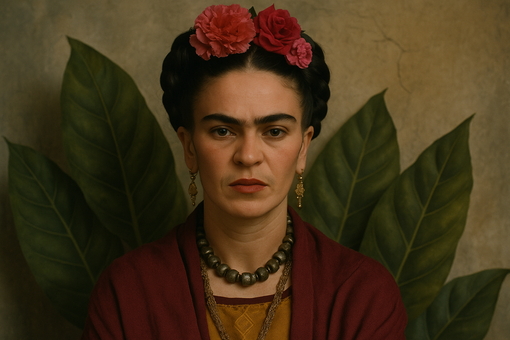
- Article published at:
- Article author: Aurélie Kouéta
- Article tag: art-therapie
- Article comments count: 0
Si l’art propose des esthétiques, des styles, des manifestes, il est aussi un espace de guérison et de survie. Une façon de donner une forme à l’indicible. En ce sens, Frida Kahlo apparaît comme une grande figure de l’art-thérapie avant la lettre.
Lorsqu’un accident la brisa à 18 ans, elle transforma sa chambre en atelier. Un miroir fixé au-dessus de son lit devint sa fenêtre sur elle-même. Clouée à l’immobilité, elle se fit sujet de ses toiles et inventa un langage visuel de résilience.
Frida peignait la vérité nue de son corps : fracturé, contraint, traversé de douleurs. Ses toiles sont devenues autant d’autoportraits psychiques que physiques.
Les clous : la douleur faite matière
Dans La Colonne brisée, son corps est parsemé de clous. Le clou est une mémoire de souffrance : fractures, opérations, blessures intérieures. Ils rappellent aussi la crucifixion, mais ici sans rédemption possible. C’est une déclaration radicale : « voici ma douleur, irréductible, visible ».
Frida Kahlo, *La Colonne Brisée* (1944), Museo Dolores Olmedo, Mexico City.
Le corset : armure et captivité
Frida dut porter plus de vingt corsets médicaux. Dans ses toiles, ils apparaissent comme des armures paradoxales :
Ils soutiennent un corps menacé d’effondrement.
Mais ils incarnent aussi la cage qui enferme.
Dans La Colonne brisée, le corset blanc est à la fois rempart et carcan. Ce double visage du soin — qui protège et contraint — devient une métaphore universelle : se reconstruire, c’est aussi apprendre à habiter ses limites.
L’animal transpercé de flèches : métaphore d’acceptation et de résilience
Dans The Wounded Deer, Frida se peint en cerf percé de flèches. Le paysage sombre amplifie la tragédie. Pourtant, le cerf avance toujours. Ces flèches, comme les clous, traduisent une ténacité désespérée : la marche obstinée d’un être blessé qui refuse de s’arrêter.
Frida Kahlo, *The Wounded Deer* (1946), collection privée.
L’art : un miroir empathique
Chez Frida, clous, corsets et flèches deviennent un langage symbolique qui transcende l’intime pour toucher l’universel. Son œuvre ne soigne pas seulement celle qui la peint. Elle agit comme un miroir thérapeutique pour celui qui la regarde.
Ce n’est pas seulement l’artiste qui se soigne en créant, mais aussi celui qui regarde l’œuvre qui trouve un écho à sa propre histoire. En représentant son corps brisé, ses cicatrices, ses corsets et ses flèches, Frida donne forme à l’indicible. Et dans ce geste, elle offre au spectateur une possibilité : reconnaître sa propre douleur dans celle de l’autre.
Le spectateur n’a pas forcément vécu les mêmes blessures que Frida. Mais il retrouve dans ses images la trace de ses propres fractures, physiques ou émotionnelles. L’œuvre devient un espace où la souffrance se partage sans mots, et où l’on se sent moins seul face à ce qui ronge à l’intérieur.
En voyant Frida, chacun reconnaît une part de sa propre vulnérabilité. Ce miroir visuel ne guérit pas au sens médical, mais il nous aide à accueillir notre douleur, à lui donner une forme qui peut enfin être reconnue. C’est en ce sens que l’art de Frida ouvre une voie qui dépasse la catharsis individuelle, en créant un espace de guérison partagée.
De blessures en renaissance : l’art comme création de soi
Chez Frida Kahlo, la peinture n’était pas une échappatoire, mais une nécessité vitale. Clous, corsets, flèches composent un alphabet visuel de la douleur et de la reconstruction.
Son œuvre nous rappelle que l’art n’a pas seulement une fonction esthétique ou culturelle. Il possède aussi une vocation thérapeutique et émotionnelle :
offrir une forme à ce qui ne se dit pas,
créer un espace où les blessures trouvent une voix,
transformer la souffrance en langage, et ce langage en partage.
Quand on parle de Frida Kahlo, on pense souvent à une peinture de la douleur intime. Mais ce qui rend son œuvre puissante, c’est qu’elle dépasse l’autobiographie. Si l’art n’efface pas la douleur, Frida nous rappelle qu’il peut la transfigurer en espace de sens, où l’individu blessé devient créateur.
Et vous ? Quelle place donnez-vous à l’art dans vos propres processus de guérison ou de résilience ?
Learn More

